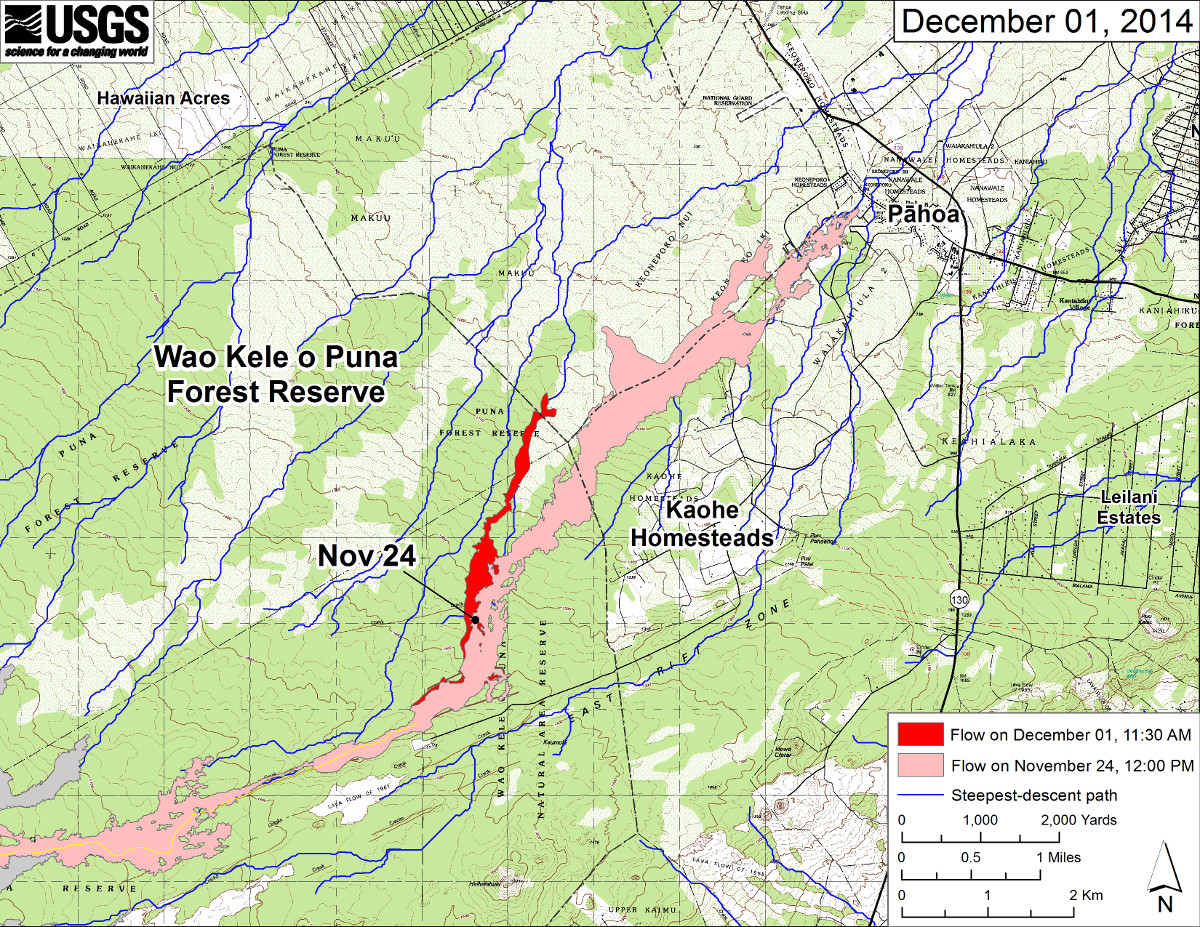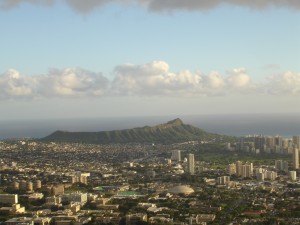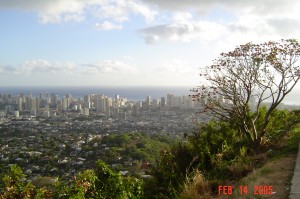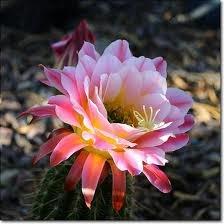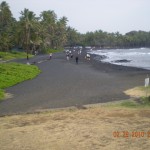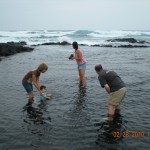Uniquely Hawaiian Honey
Hawaiian Honey!
While all natural un-processed honeys are packed with nutritional goodness, not to mention just plain good to eat, you can get some very uniquely flavored honeys from those bees fortunate enough to call Hawaii home. Hawaiian honey can be found in lehua, macadamia nut, and even Wilelaiki Blossom (aka: Christmas berry) sourced flavors.
There is even a rare “white honey” available from Hawaii. An important element to consider when purchasing honey for consumption with the idea of gaining the many health benefits associated with honey is to make sure that you get “raw” (unprocessed) honey. And, if you can get “organic raw honey”, all the better.
Raw Hawaiian Honey
While most people get their honey from their nearest grocery store, if the health benefits of honey are of interest to you, you would do best to purchase raw Hawaiian honey, either online or from a nearby farmer’s market. Many of the benefits associated with honey get “cooked” out of it when it is processed. You should avoid heating honey if you want to receive its maximum benefits.
What’s the difference between “raw” and “processed” honey?
- raw honey contains phytonutrients that can eliminate cancers and tumors
- raw honey often contains propolis, a mixture of resins used by the honeybees to seal their hive against viruses and bacteria
- raw honey contains friendly bacteria that are effective in the treatment of burns and wounds
- raw honey is used as a natural remedy for indigestion, bronchitis and ulcers
- raw honey helps alleviate stomach problems such as diarrhea, indigestion and symptoms of gastroenteritis
- contains vitamins B1, B2, B3, B6 and a high amount of vitamin C
- studies have shown that raw honey may be effective in weight loss
- honey also improves HDL cholesterol levels
- honey is an effective cough suppressant
Note: Honey must not be given to infants below one year. Some varieties of honey may contain traces of pesticides and pollutants present in plants and flowers. (Which is another reason to purchase organic, raw Hawaiian honey when you can!)
Organic, Raw, Hawaiian Honey
